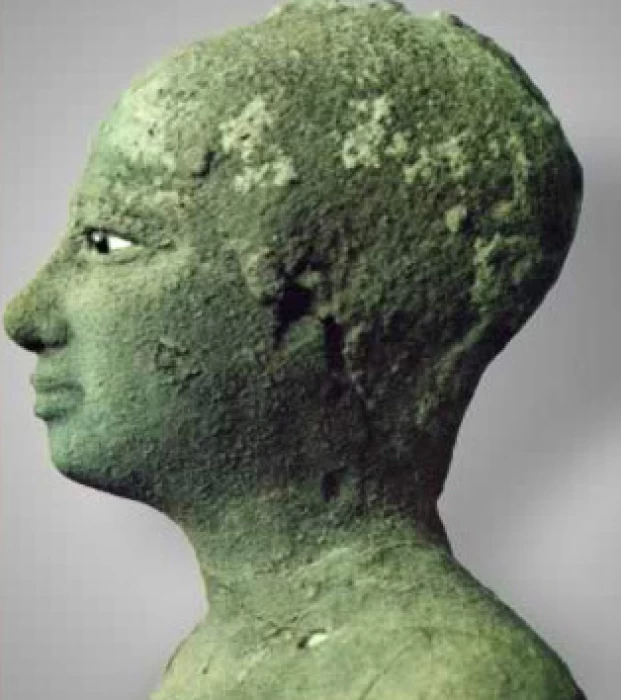
King Merenre II
Informations about King Merenre II
Ancient Egypt's Sixth Dynasty, also known as Dynasty VI, is sometimes grouped along with Dynasties III, IV, and V to form the Old Kingdom.
Although The Oxford History of Ancient Egypt lists Dynasties VII and VIII as part of the Old Kingdom, many experts see Dynasty VI as the last of the Old Kingdom's dynasties. Given that these kings' pyramids were constructed at Saqqara, extremely close to one another, Manetho claims that they reigned from Memphis.
The sixth and final pharaoh of the Old Kingdom's Sixth Dynasty was Merenre II. He was the child of Queen Neith and Pepi II. Prior to ascending to the throne, he went by Nemtyemsaf. According to the Turin Canon King List, he reigned for more than a year.
Based on the examination of artifacts from that era of Ancient Egypt, evidence of Merenre II's reign may be inferred from a number of sources. His name appears on line four, column six, of the Turin Canon. While the precise period of this Pharaoh's reign is unknown in the canon, it may be approximated that it lasted for one year and one month after that of Pepi II, Neferkare.
The 39th entry on the Abydos King List mentions him. The best-preserved record of the transition between the end of the Old Kingdom and the start of the First Intermediate Period is found in this King List. He was also given the throne name Merenre by this decree.
This Pharaoh was also named on a broken false door found close to the location of Neith's pyramid. The inscription said, "Sa-nu seems Nemtyemsaf," which translates to "the older king's son Nemtyemsaf." Neith was Pep II's half-sister, his queen, and most likely Merenre II's mother, as history indicates. This modern relic verifies that he was the presumed heir to Pepi II and establishes that he was known by the name Nemtyemsaf before to ascending to the throne.














